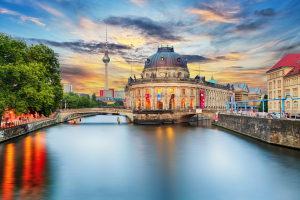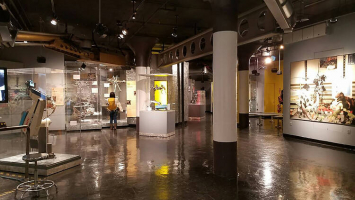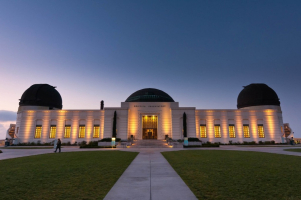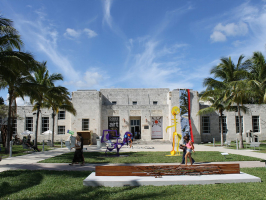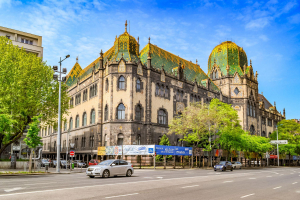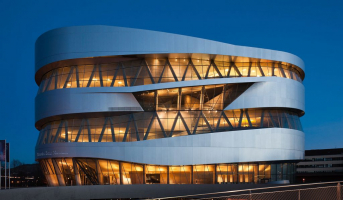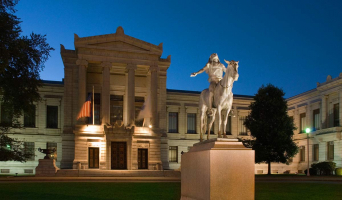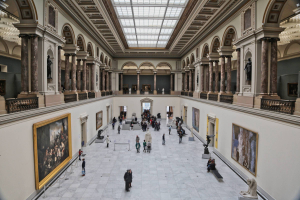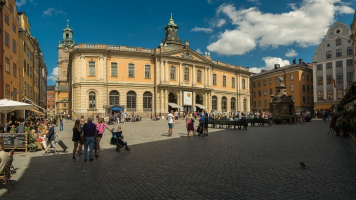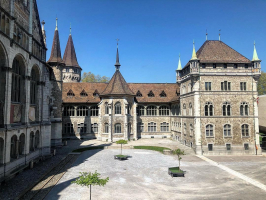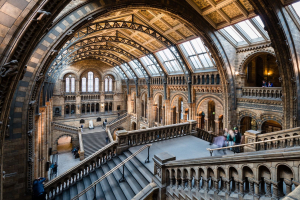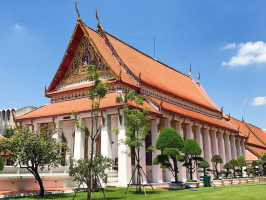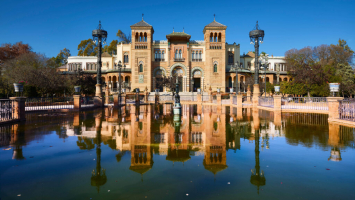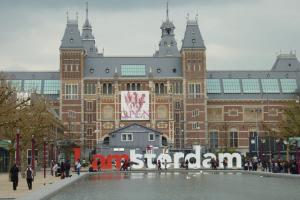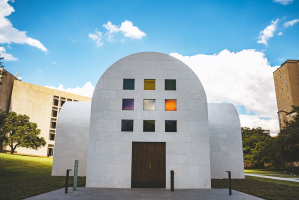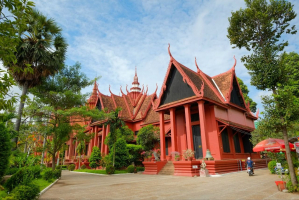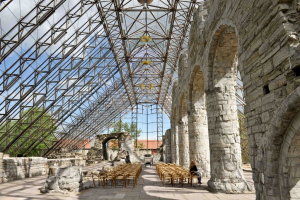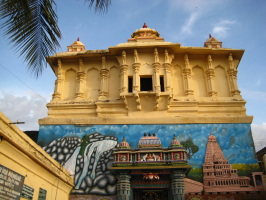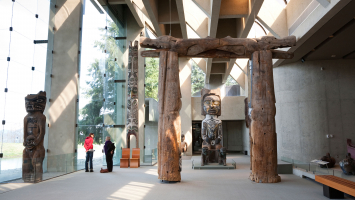Top 10 Best Museums to Visit in Berlin
Germany's capital, steeped in history and the site of some of the world's most famous art movements, provides visitors with a variety of museum options. ... read more...Berlin's top museums offer deep access to the city's history and modern culture, with everything from fine art collections to opulent palaces. Let's check out some of the Best Museums in Berlin!
-
The outstanding Pergamon Museum, Berlin's most famous and undoubtedly one of its most popular, with over a million visitors yearly, is the centerpiece of the city's Museum Island district.
The Pergamon is actually a collection of unique museums under one roof, including the Antiquities Collection, the Middle East Museum, and the Museum of Islamic Art. The Pergamon Altar, of course, is the headline attraction. This massive monument, consecrated to Zeus and Athena and erected in the ancient city of Pergamon in Turkey around 180 BC, is considered one of the wonders of the ancient world. Other noteworthy exhibits include Hellenistic architecture, such as a restored 3rd-century BC mosaic floor and the gate of the Roman market in Miletus from 165 BC. Examples of Neo-Babylonian architecture from the period of Nebuchadnezzar II, such as the monumental Ishtar Gate, the Processional Way, and a part of the Throne Room facade from Babylon, are also of significance.
Address: Bodestraße 1-3, 10178 Berlin
View Details: https://www.smb.museum/museen-einrichtungen/pergamonmuseum/home/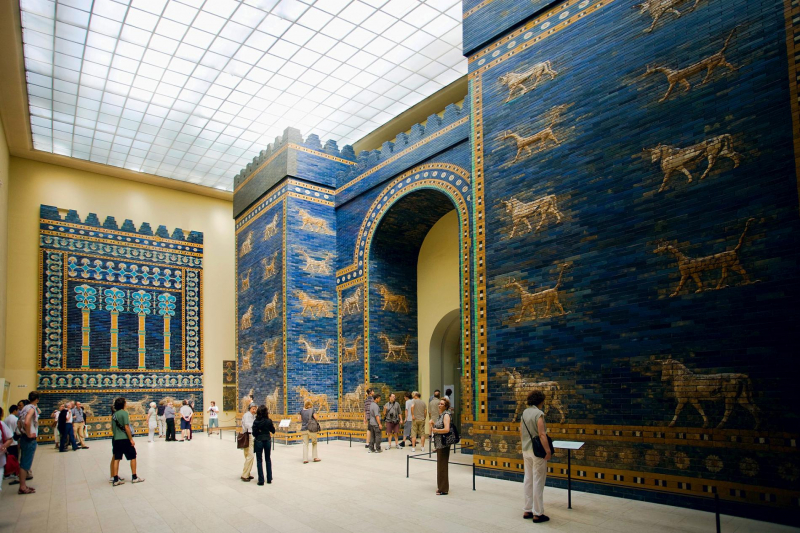
The Pergamon Museum 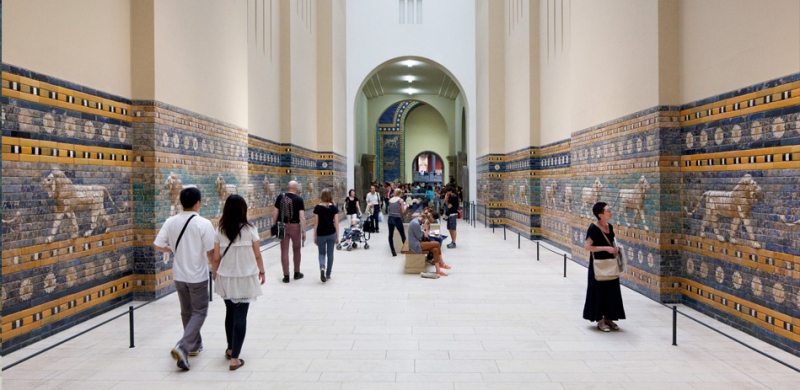
The Pergamon Museum -
The Humboldt Forum is the new home of two of Berlin's most important museum collections: the Museum of Ethnography (Ethnologisches Museum), which houses the world's largest collection of crafts and popular arts from Europe's many diverse cultures, and the Museum of Asian Art (Museum für Asiatische Kunst), which houses Germany's largest collection of non-European artifacts and treasures.
The Humboldt Forum has significant parts of a massive collection of over 400,000 artifacts, as well as over 60,000 sound recordings of music from throughout the world. Numerous bronzes, ceramics, paintings, and sculptures from China, Korea, and Japan, spanning from 3000 BC to the present day, are also on exhibit. Its 63 Chinese bronze mirrors from the 6th to 9th centuries, as well as a 17th-century throne of a Chinese emperor, are particularly popular.
Address: Schloßpl. 7, 10178 Berlin
View Details: https://www.humboldtforum.org/en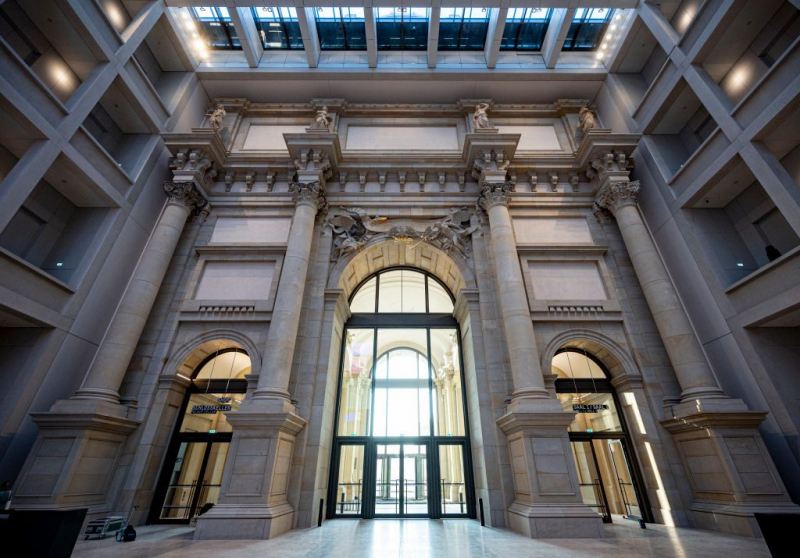
The Humboldt Forum 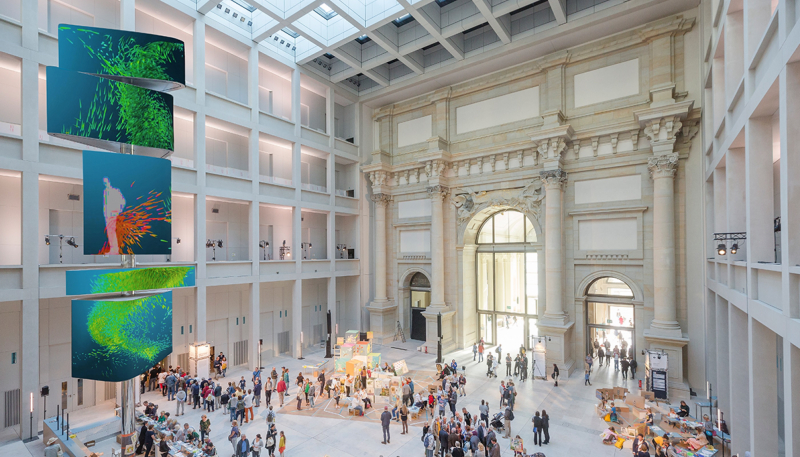
The Humboldt Forum -
The Neues Museum was the second museum to be built on Museum Island. The museum is a listed building on Museum Island in the historic center of Berlin and part of the UNESCO World Heritage Site. It is the "original source" of the Egyptian Museum of Berlin and the Ethnological Museum of Berlin collections with a wide collection of plaster casts, ancient Egyptian artifacts, and prehistoric and early historic collections.
Neues Museum has various important artifacts from Egypt's rich history, including an impressive Papyrus Collection. A limestone head of Queen Nefertiti, wife of Pharaoh Echnaton, from around 1350 BC, and the Amarna family altar depicting Nefertiti and Echnaton with three of their six daughters are among the 1,500 items of art and culture on display, which date from 5000 BC to AD 300. The Neues Museum is also home to the Museum of Pre- and Early History, as well as artifacts from the Collection of Classical Antiquities.
Address: Bodestraße 1-3, 10178 Berlin
View Details: https://www.smb.museum/en/museums-institutions/neues-museum/home/
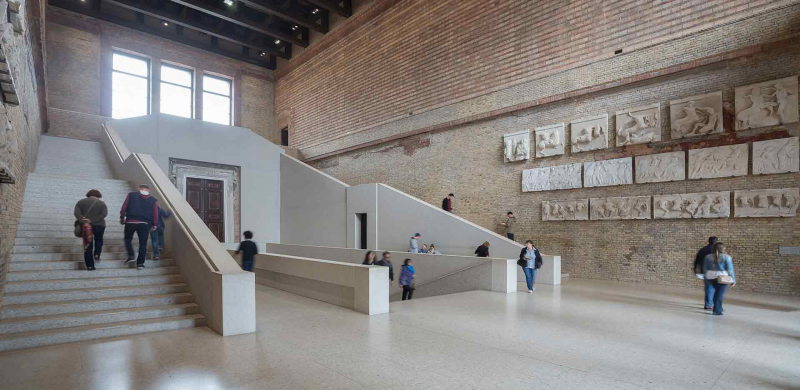
The Neues Museum 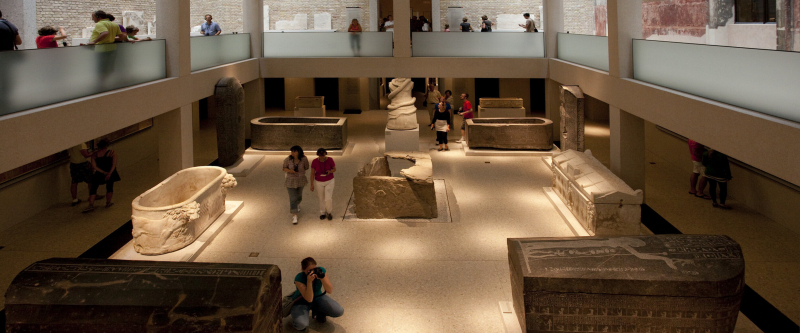
The Neues Museum -
The German Museum of Technology (Deutsches Technikmuseum Berlin), which opened in 1983, has a number of great permanent exhibitions about Germany's role as Europe's industrial powerhouse.
An interesting look into the Industrial Revolution, as well as a rebuilt workshop and equipment from the country's first factories, are among the highlights. Bicycles, horse-drawn carts, motorcycles, and cars may be seen in the road transportation section, while locomotives and coaches going back to 1843 can be found in the rail transportation section. In September, pay a visit to the museum's Transport Depot for a tour and a fun ride on the Museum Train, a 1934 engine that runs between this outpost and the main museum (Sundays only, and included with museum admission).
Address: Trebbiner Straße 9, D-10963 Berlin-Kreuzberg
View details: https://technikmuseum.berlin/
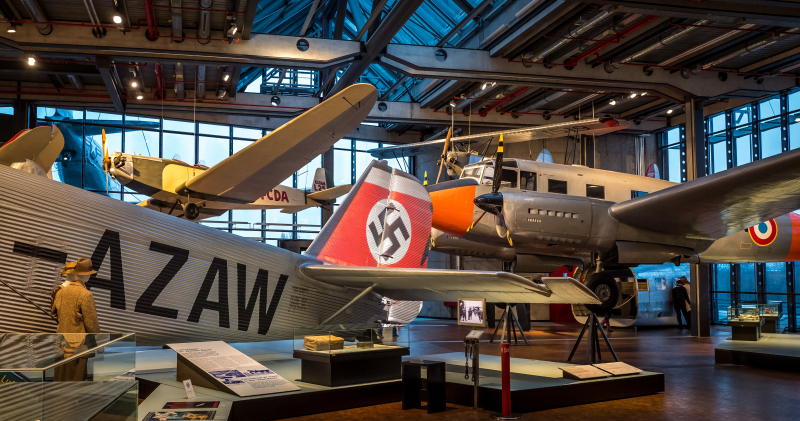
The German Museum of Technology 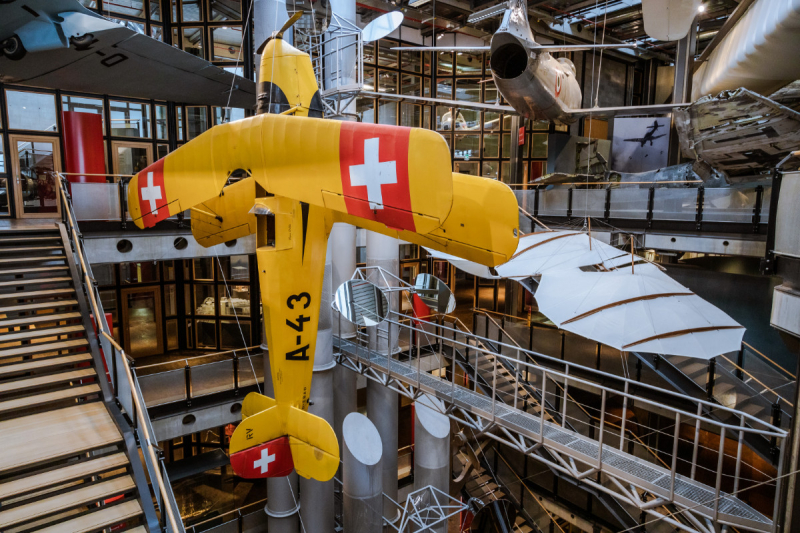
The German Museum of Technology -
The Museum of Decorative Arts in Berlin was opened in 1868 and is still one of the city's most important art galleries. Displays covering all aspects of European applied art from the early Middle Ages to the current day are among the highlights. Ceramics, porcelain, glass, bronzes, gold enamel, and work by Byzantine goldsmiths, as well as silver vessels, furniture, clocks, textiles, embroidery, decorative carpets, and noteworthy Baroque, Art Nouveau, and Art Deco works, are on display throughout four levels.
The Guelph Treasure is a magnificent collection of 44 objects from the 11th and 12th centuries - mostly relics, portable altars, and crucifixes - that previously belonged to the treasures of the Cathedral of St. Blasius in Brunswick, deserves special note. The municipal silver collection from Lüneberg from the 15th century, as well as Spanish and Italian ceramics from the 16th century and the Imperial Goblet from 1564, are all worth seeing.
Address: Matthäikirchplatz, 10785 Berlin
View details: https://museu.ms/museum/details/678/museum-of-decorative-arts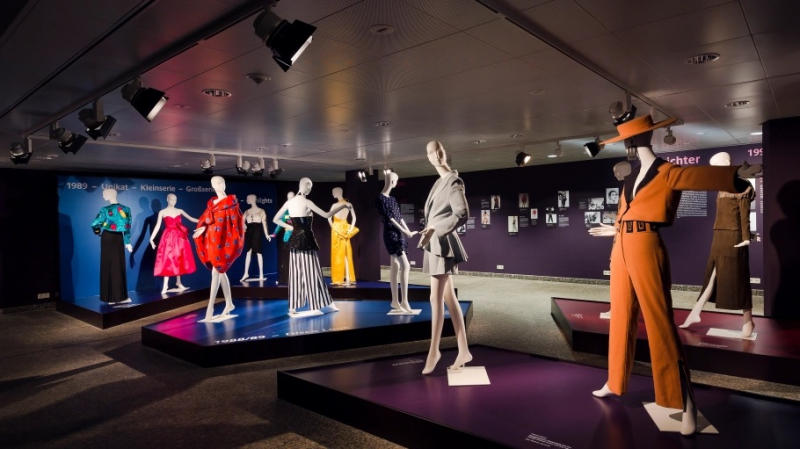
The Museum of Decorative Arts 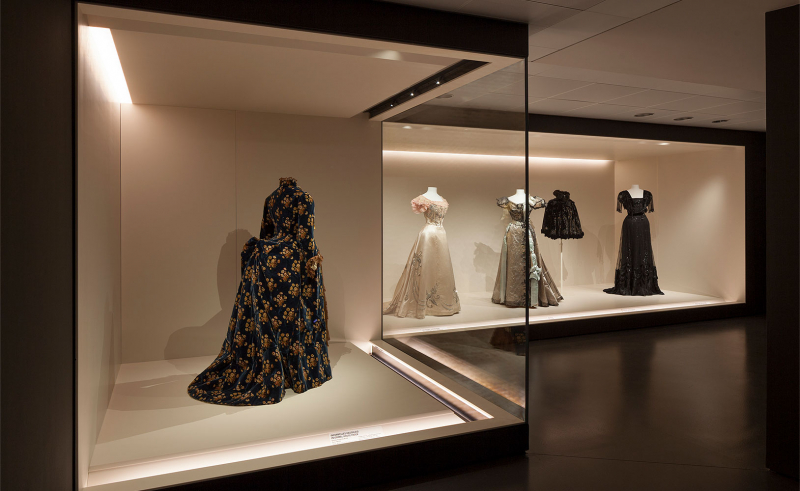
The Museum of Decorative Arts -
The Topography of Terror, an indoor-outdoor facility, is one of Berlin's most thought-provoking museums with 1.5 million visitors every year in Berlin. The site also marks the boundary between the eastern and western zones of Berlin and contains a preserved section of the former Berlin Wall. It was built on the site of the former headquarters of the Nazi's notorious SS and Gestapo.
The excavated cellar walls of the Gestapo HQ, lined by numerous covered displays regarding the site's function as a place of terror, are a sobering reminder of the terrors of both the Nazi and Soviet regimes. The Nazi Forced Labor Documentation Centre, which is located on the nearby site of a former camp used to house the regime's slave labor, and the new Documentation Center, which focuses on the central institutions of the SS and their crimes, as well as the role of the regime's propaganda machine, are also worth noting.
Address: Niederkirchnerstraße 8, 10963 Berlin
View details: www.topographie.de/en/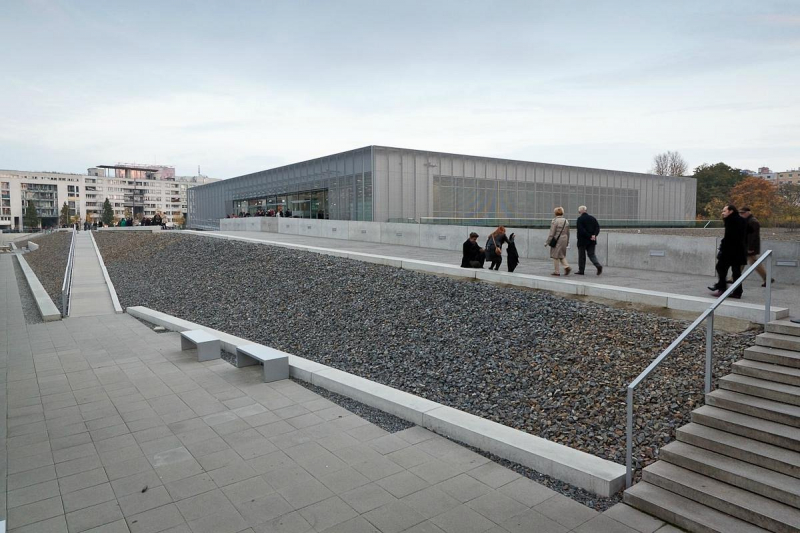
The Topography of Terror 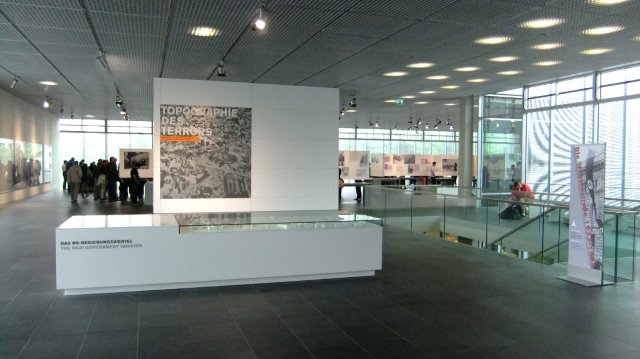
The Topography of Terror -
Bode Museum, which is located at the north end of Museum Island, was founded in 1904 as a "Sanctuary of Art and Science" and is still one of Berlin's most frequented tourist attractions.
A bronze cast of Schlüter's statue of the Great Elector on horseback is housed beneath the museum's Great Dome, as are four large sandstone figures in the entry hall, also sculpted by Schlüter in 1712, and two groups by sculptor Adriaen de Vries are housed beneath the museum's Little Dome. The iconic "Flora" bust, a controversial artwork bought by the museum in 1910 with the idea that it was the work of Leonardo da Vinci, despite significant evidence to the contrary (it's more likely to be of 19th-century English origin), is well worth seeing. The Coin Cabinet (Münzkabinett), one of the world's greatest collections, has almost 500,000 rare coins from all periods, illustrating the evolution of coining processes from antiquity to the current day. Its sculpture collection is especially remarkable, including pieces from the Romantic to Early Classical eras in Germany, Venice, and Florence.
Address: Am Kupfergruben, 10117 Berlin
View details: https://www.smb.museum/museen-einrichtungen/bode-museum/home/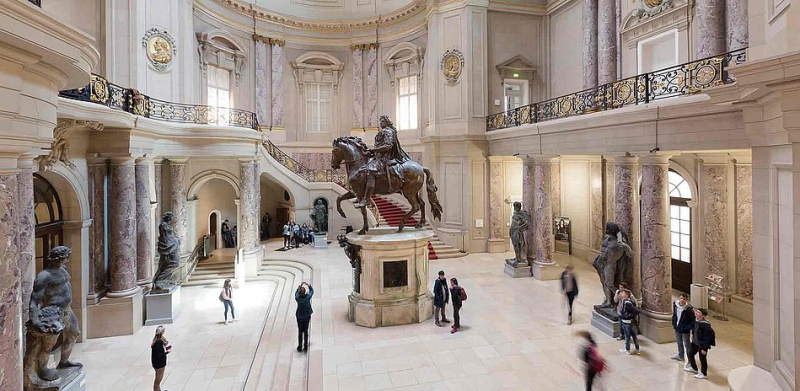
Bode Museum 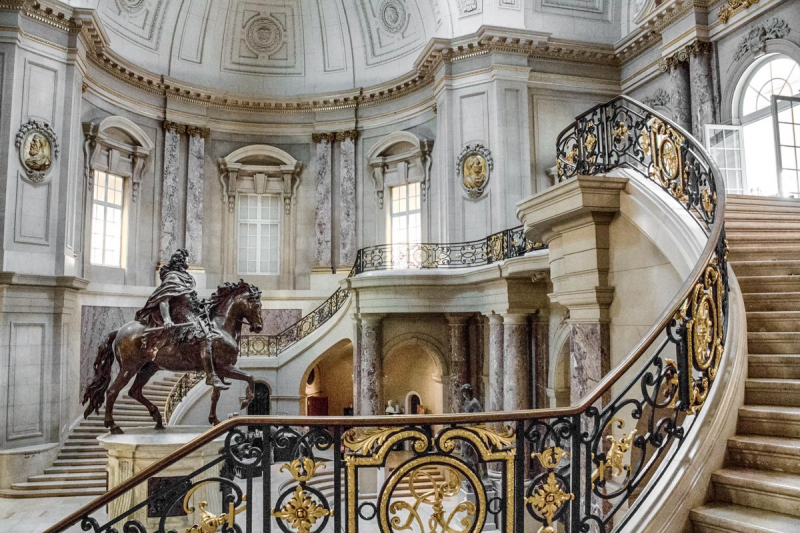
Bode Museum -
The Jewish Museum Berlin is one of Europe's largest museums and surely one of the most architecturally interesting with numerous interesting exhibits concentrating on German-Jewish history and culture over a 2,000-year period. Rare documents, ceremonial objects, paintings, photos, and sculptures, as well as some rare books, scripts, and textiles, are all on exhibit.
Its displays of Jewish life in medieval settlements along the Rhine, as well as the Baroque era, are particularly noteworthy. The exhibits about life under the Nazis, as well as experiences during the postwar period, are truly moving. The partially reconstructed New Synagogue, which now houses a memorial and museum is well worth seeing. Audioguides and guided tours in English are available.
Address: Lindenstrasse 9-14, 10969 Berlin
View details: https://www.jmberlin.de/en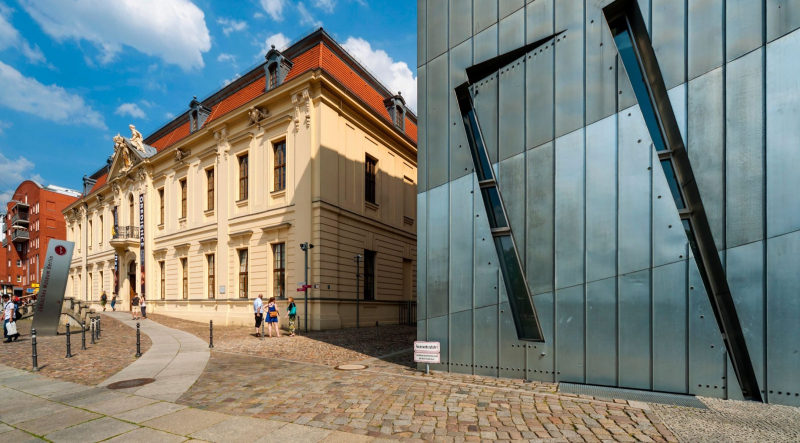
Jewish Museum Berlin 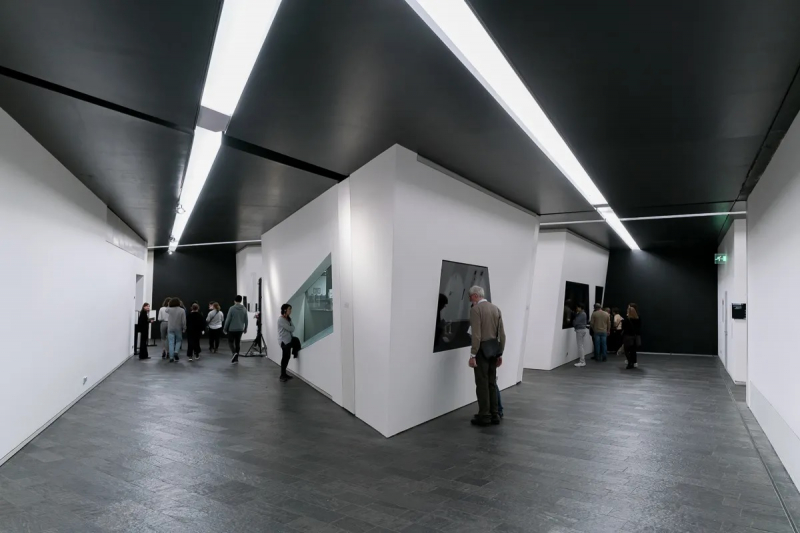
Jewish Museum Berlin -
Brücke Museum, located in Berlin's Grunewald district (the city's large wooded park), opened in 1967 as a museum and archive for the works of Die Brücke, a group of Expressionist artists formed in Dresden in 1905.
It has roughly 400 paintings and sculptures, as well as thousands of drawings, watercolors, and prints by members of Die Brücke. The collection comprises a donation to the state of Berlin by the painter Karl Schmidt-Rottluff, as well as a later donation from Erich Heckel, which includes major works from the movement's early years. Other painters with aesthetic or personal affinities with Die Brücke are exhibited at the museum, including Otto Herbig, Max Kaus, Emil Nolde, and Emy Röder. English language tours begin at 11:30 a.m. on Sundays.
Address: Bussardsteig 9, 14195 Berlin
View details: https://www.bruecke-museum.de/en/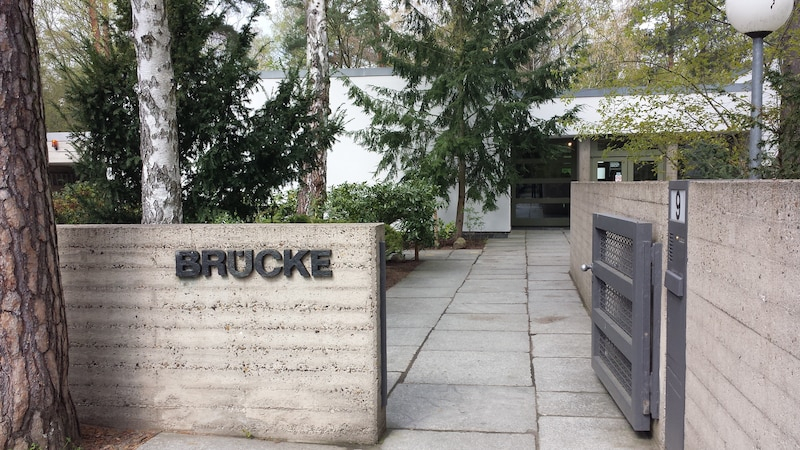
Brücke Museum 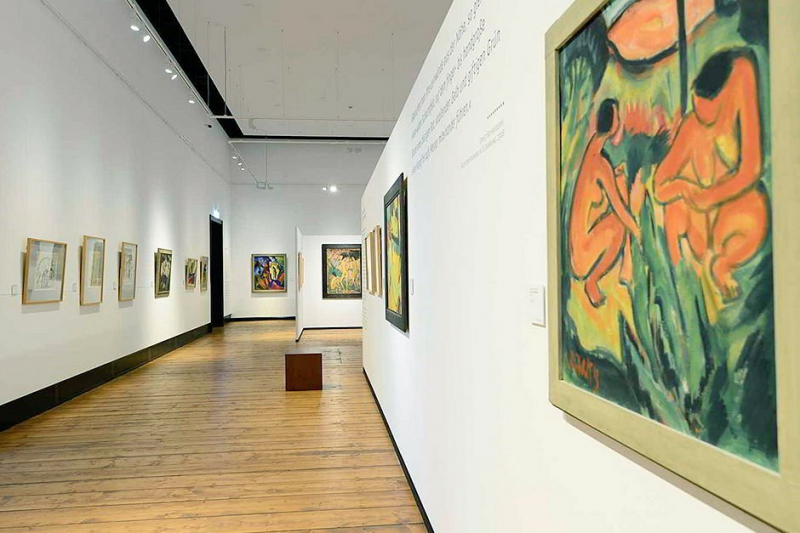
Brücke Museum -
The Hamburger Bahnhof is home to a large collection of contemporary art, which it exhibits in a variety of ways. The museum's name relates to the building's original use as one of Germany's first rail terminal stations.
The Hamburger Bahnhof reopened on November 2, 1996, as a museum of contemporary art. The museum expanded larger to accommodate The Friedrich Christian Flick Collection, which was given to the museum as a long-term loan in 2004. The architectural firm Kuehn Malvezzi refurbished the old dispatch warehouses behind the main building and connected them to the ancient structure through a corridor. The Hamburger Bahnhof division of the Nationalgalerie now houses one of the world's greatest public collections of contemporary art.
Address: Invalidenstraße 50-51, 10557 Berlin
View details: https://www.smb.museum/museen-einrichtungen/hamburger-bahnhof/home/
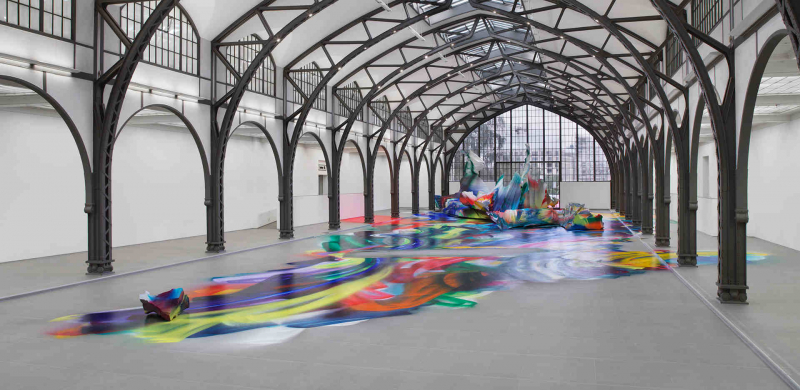
Hamburger Bahnhof 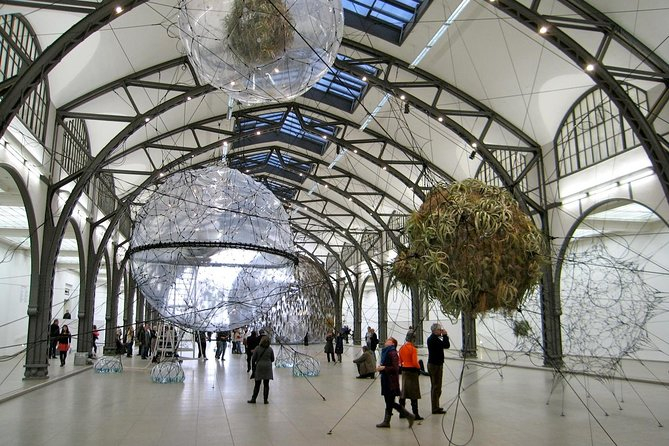
Hamburger Bahnhof












